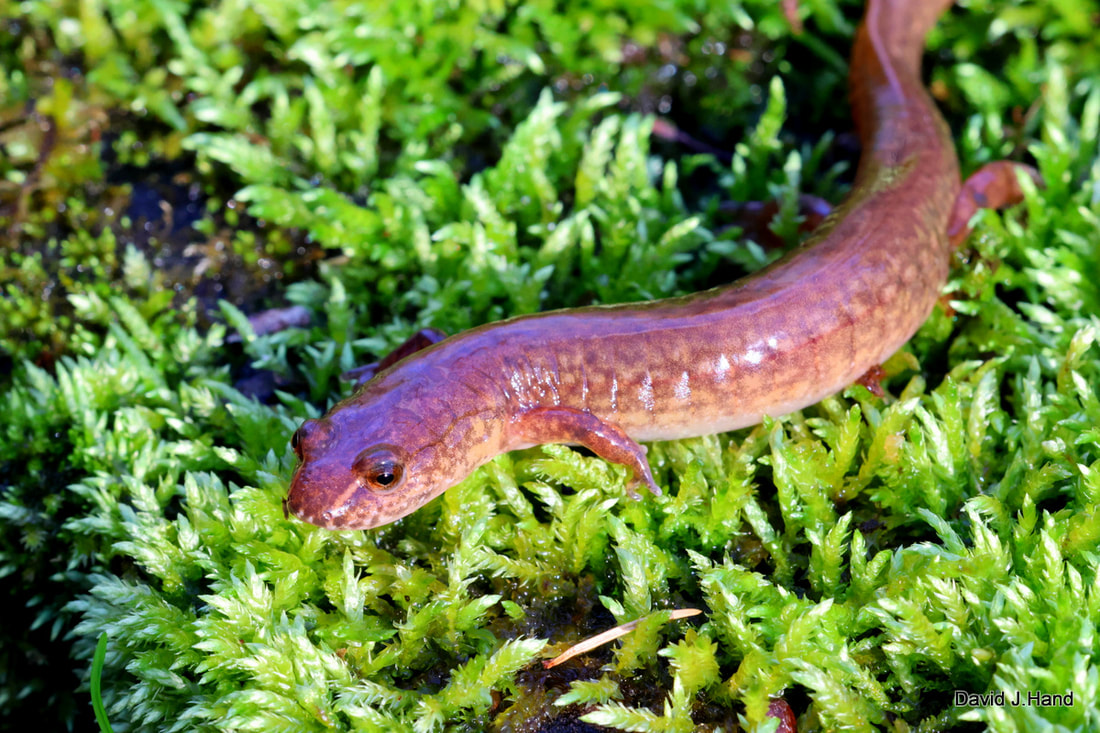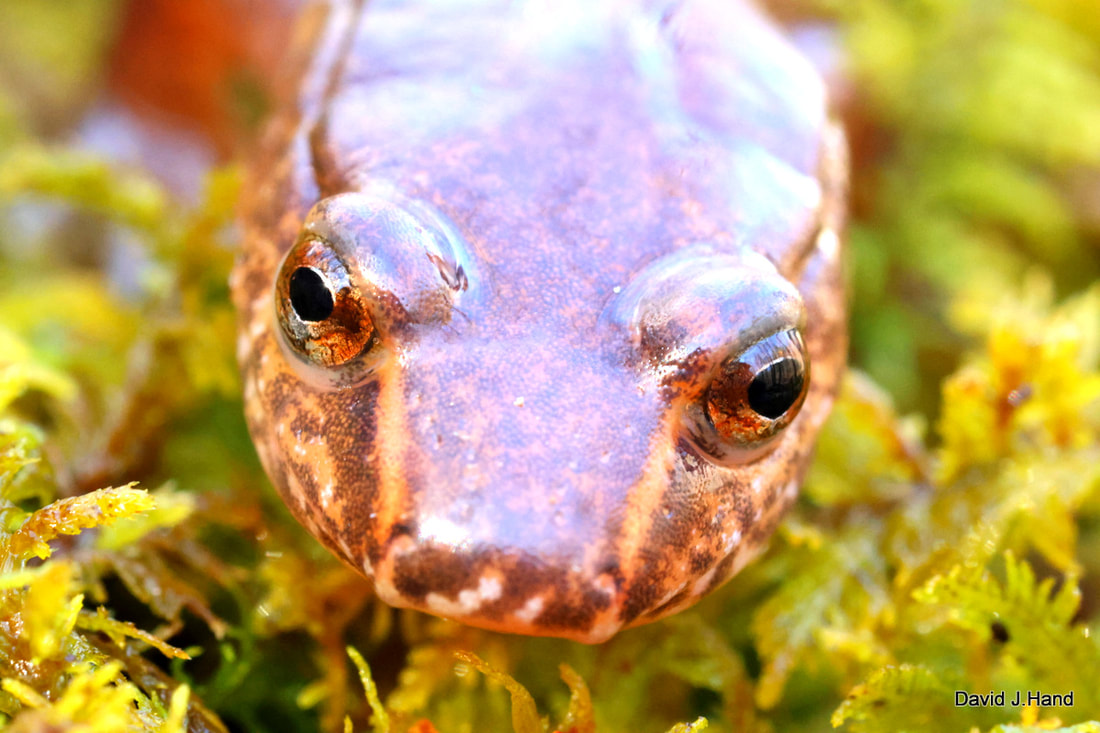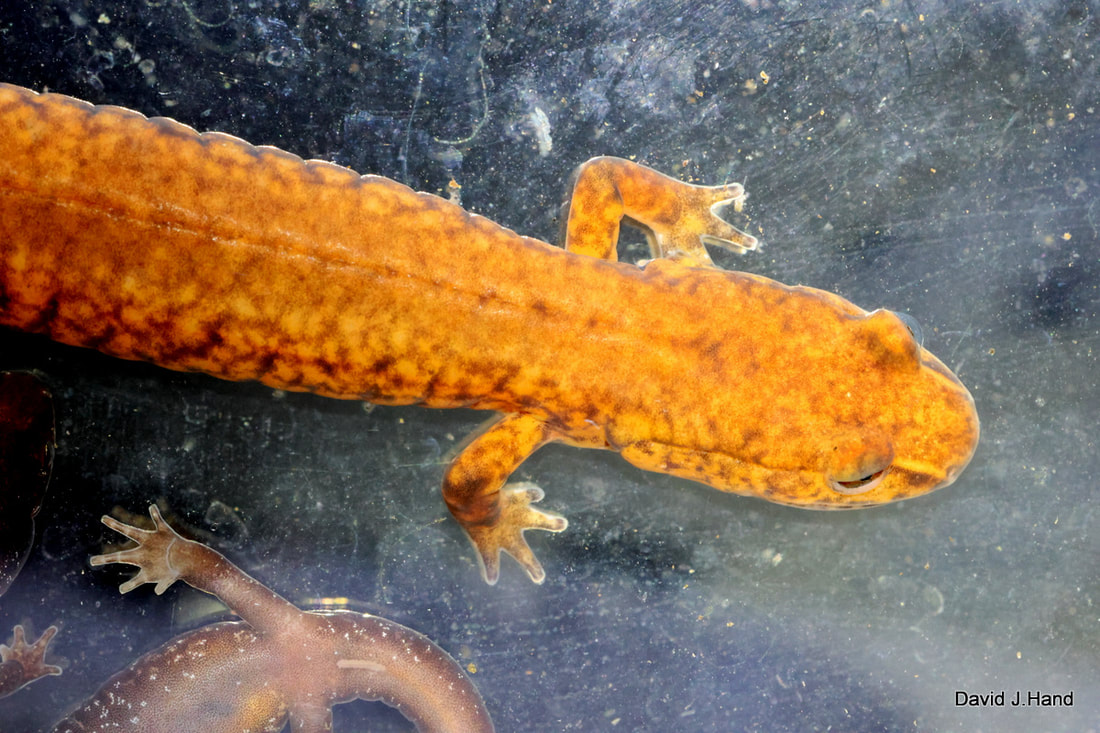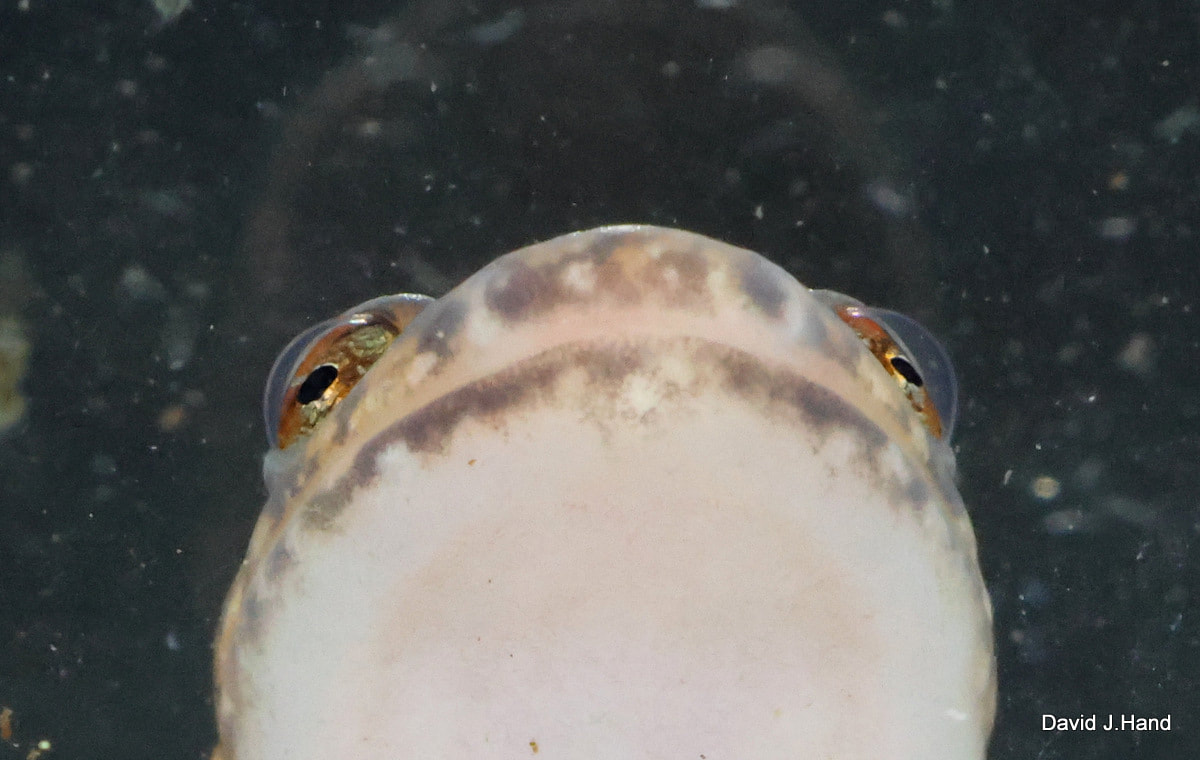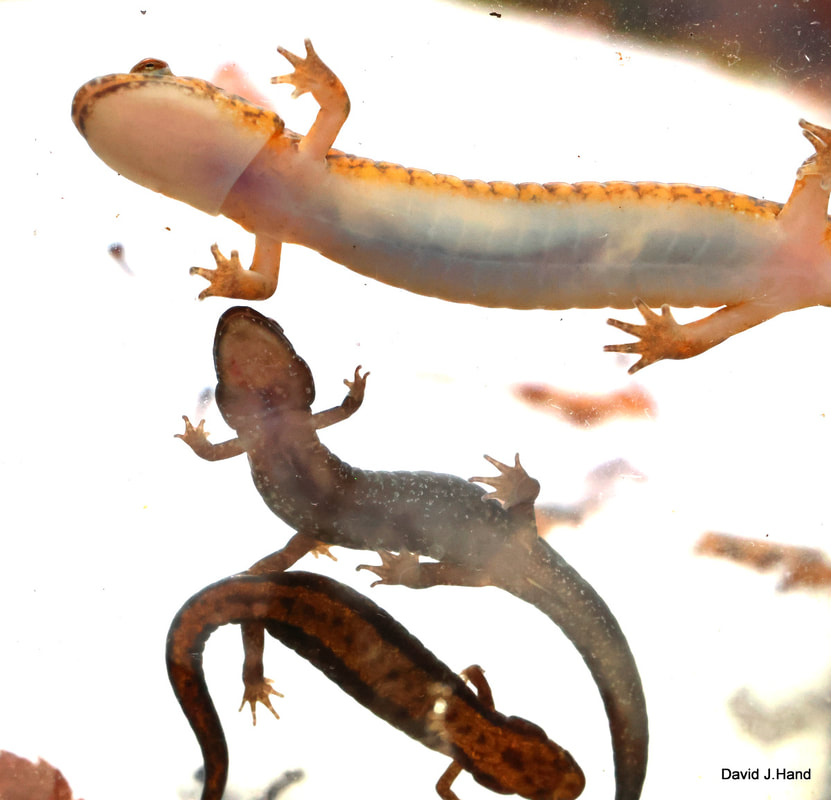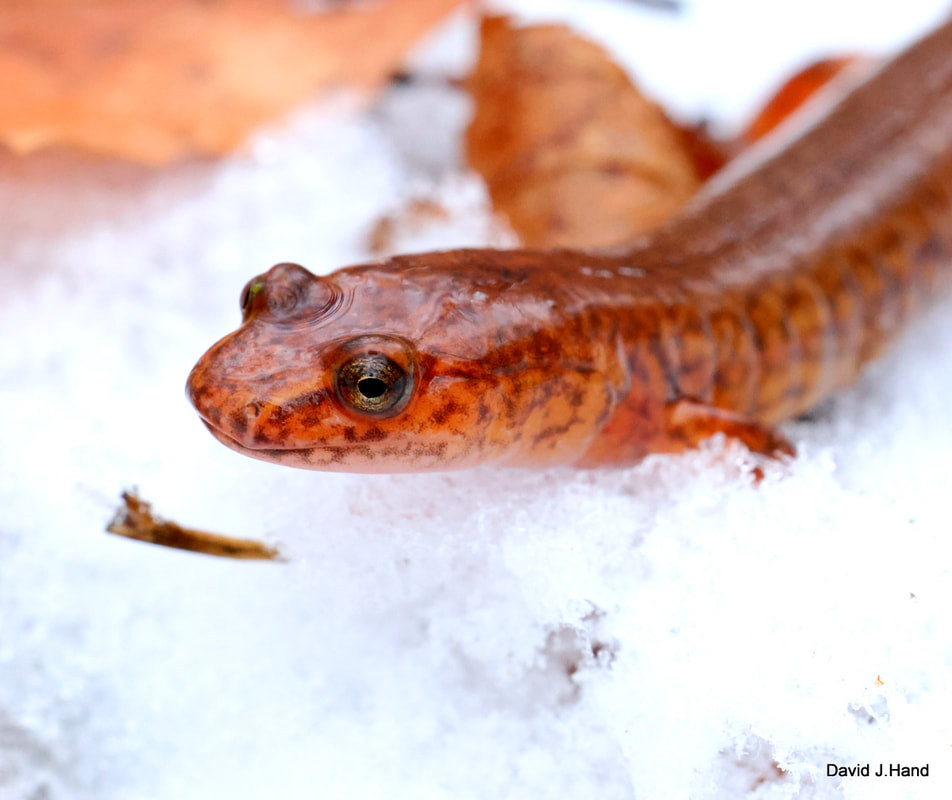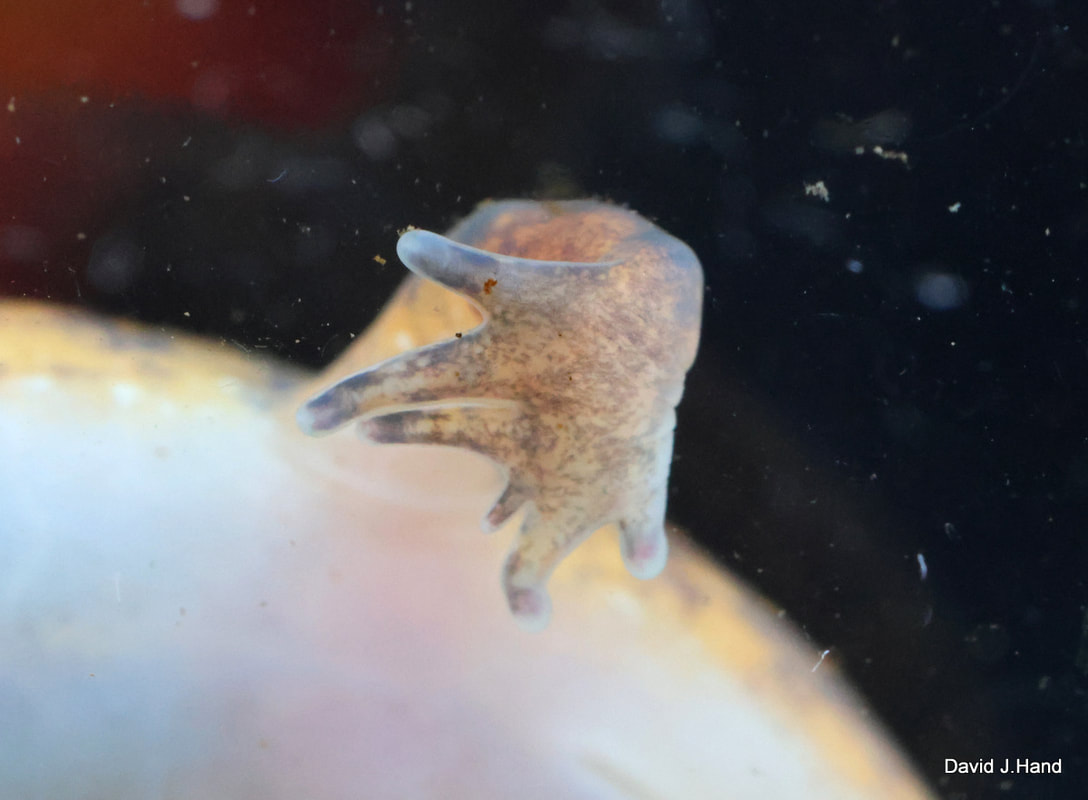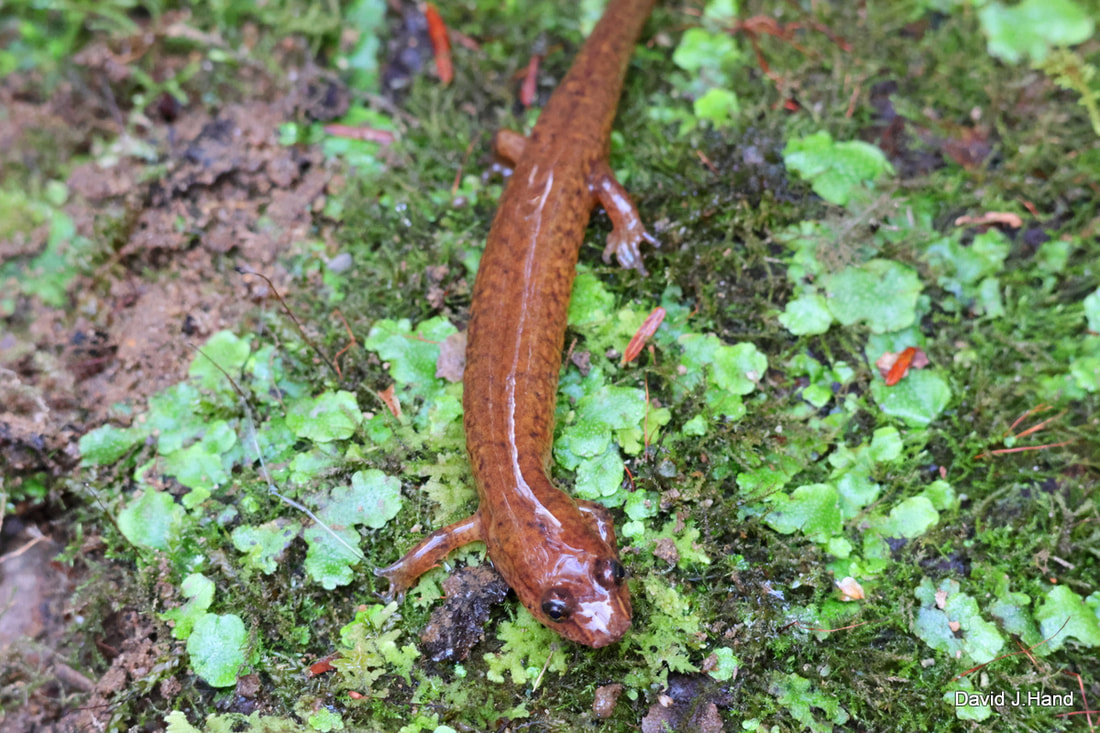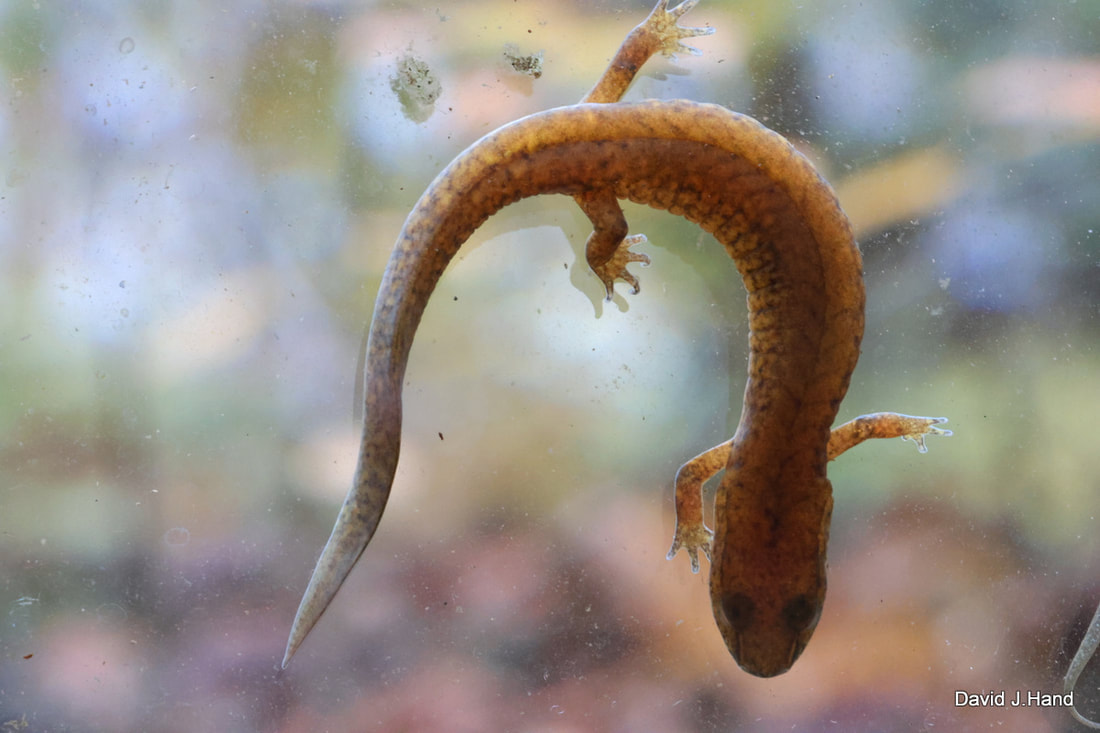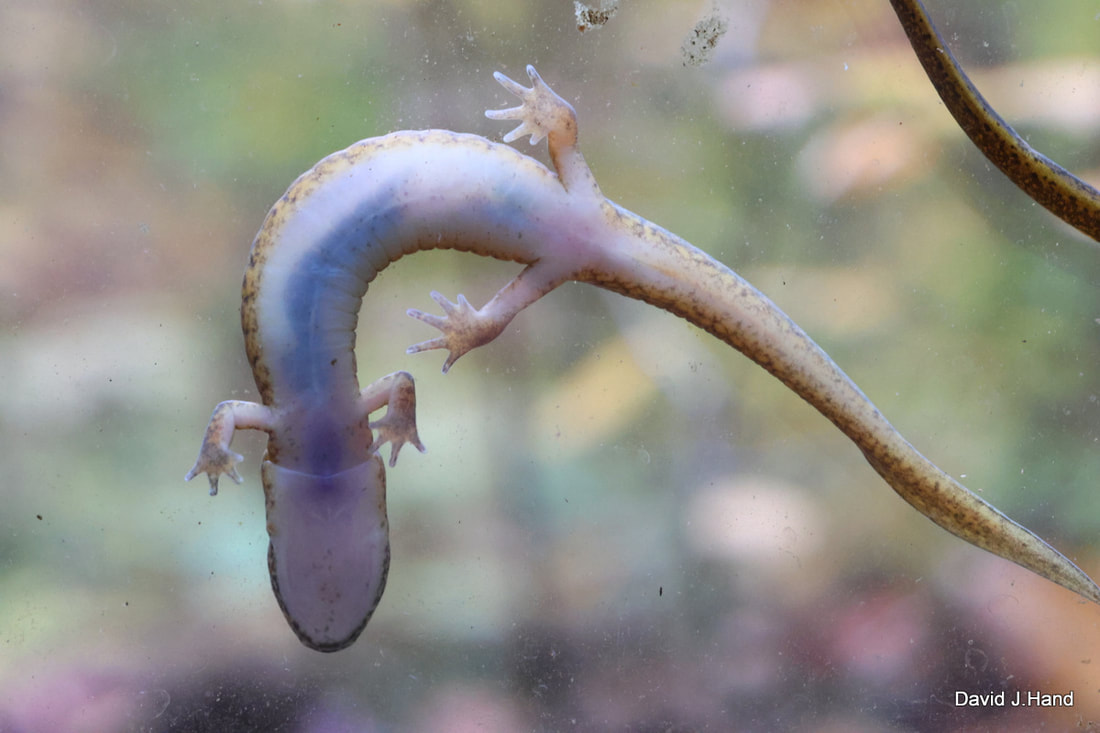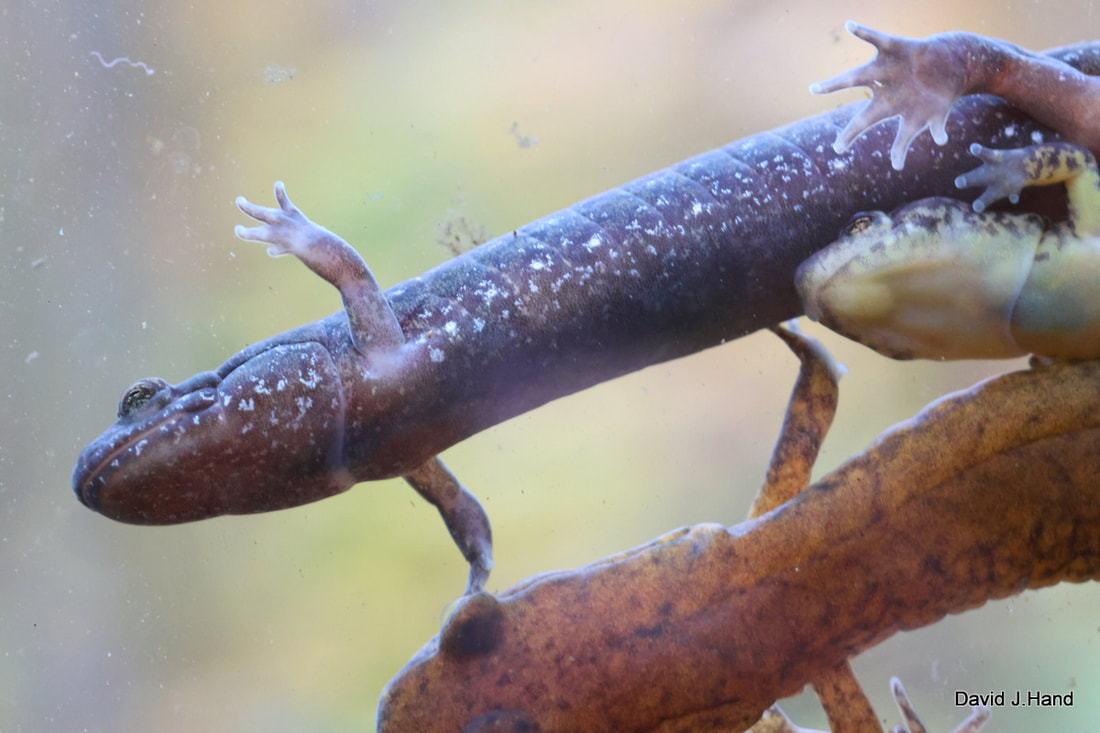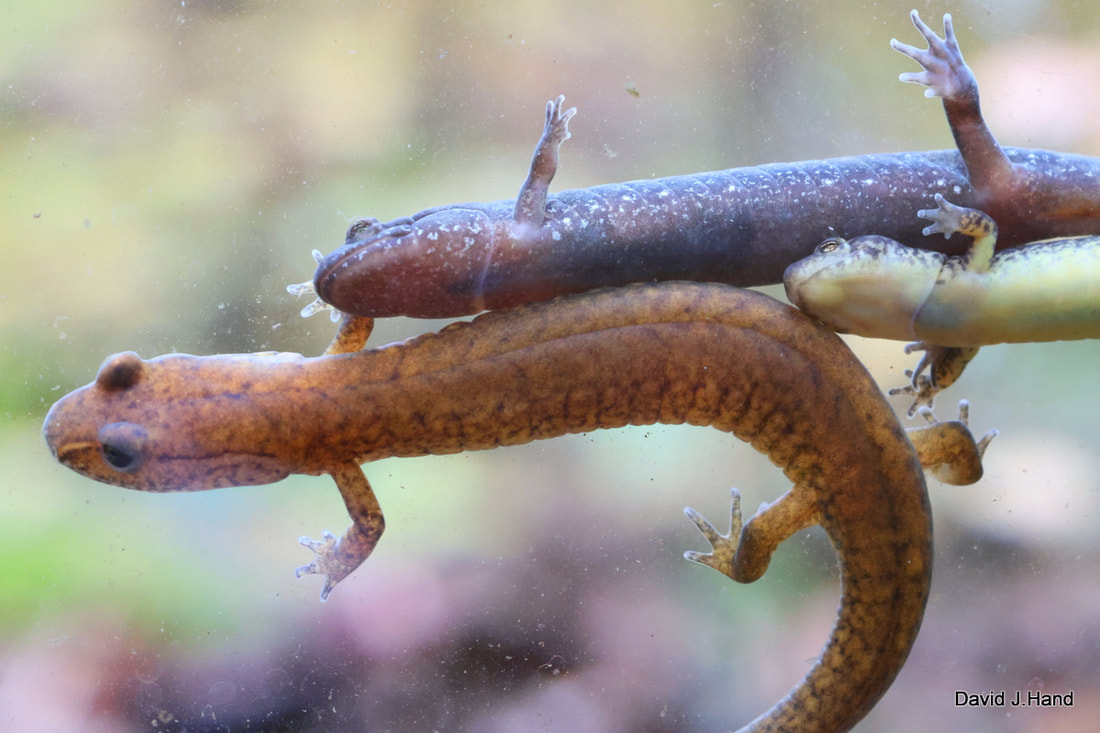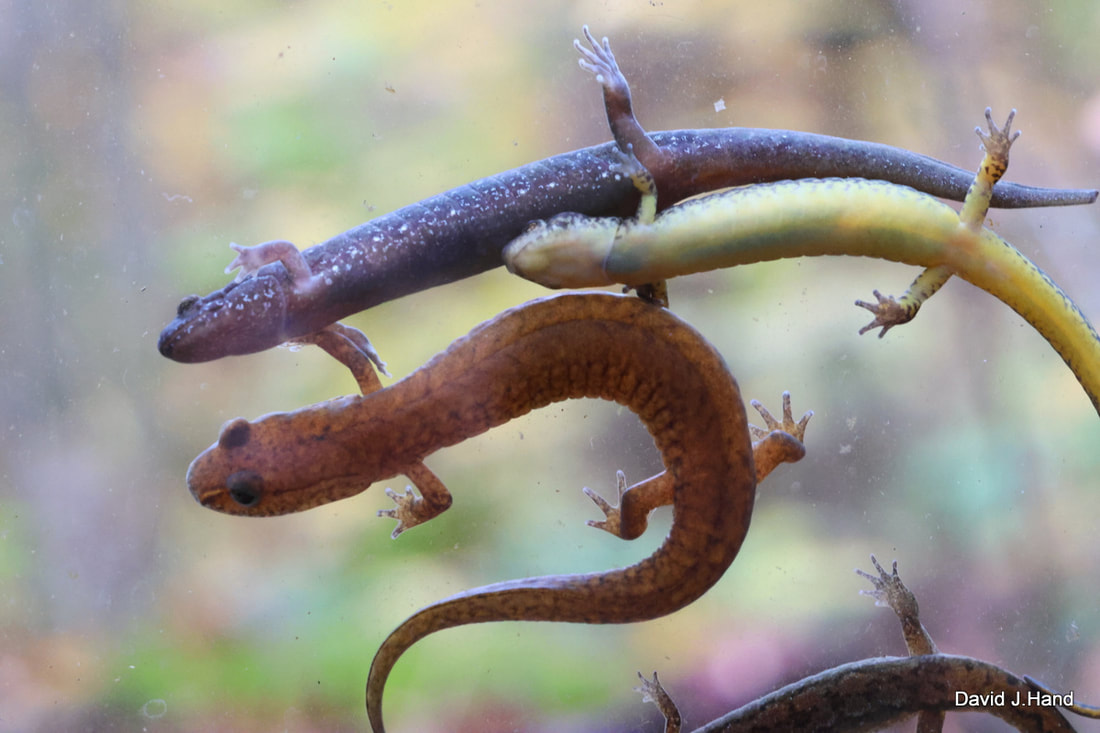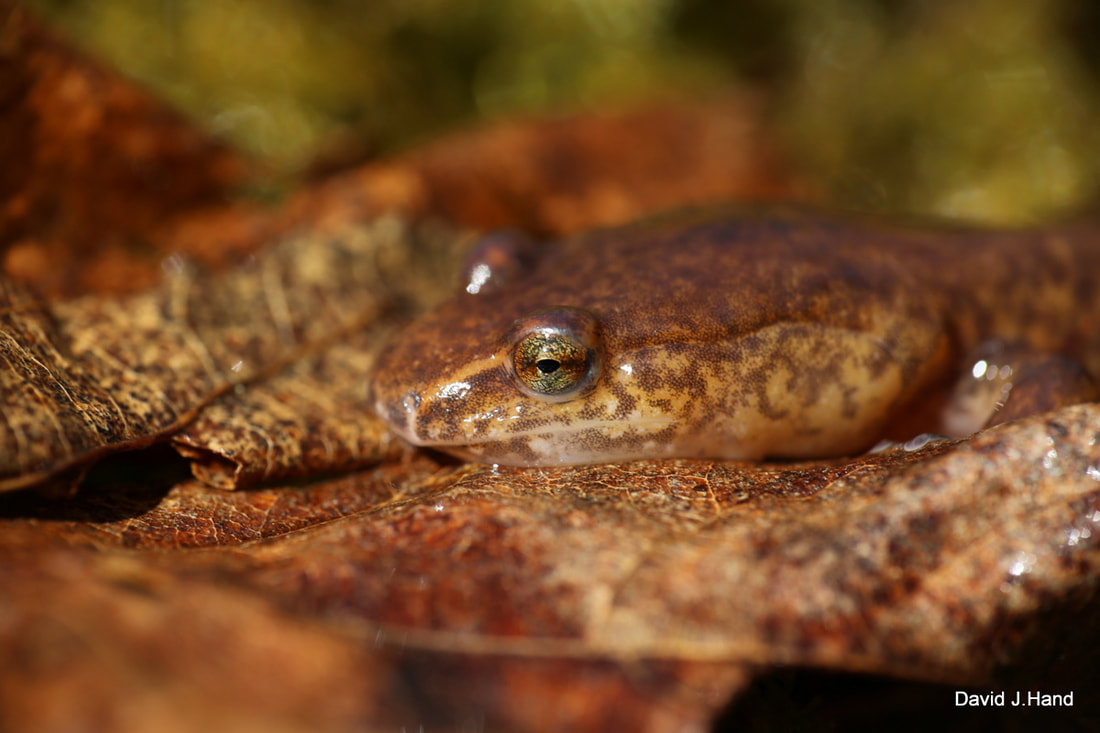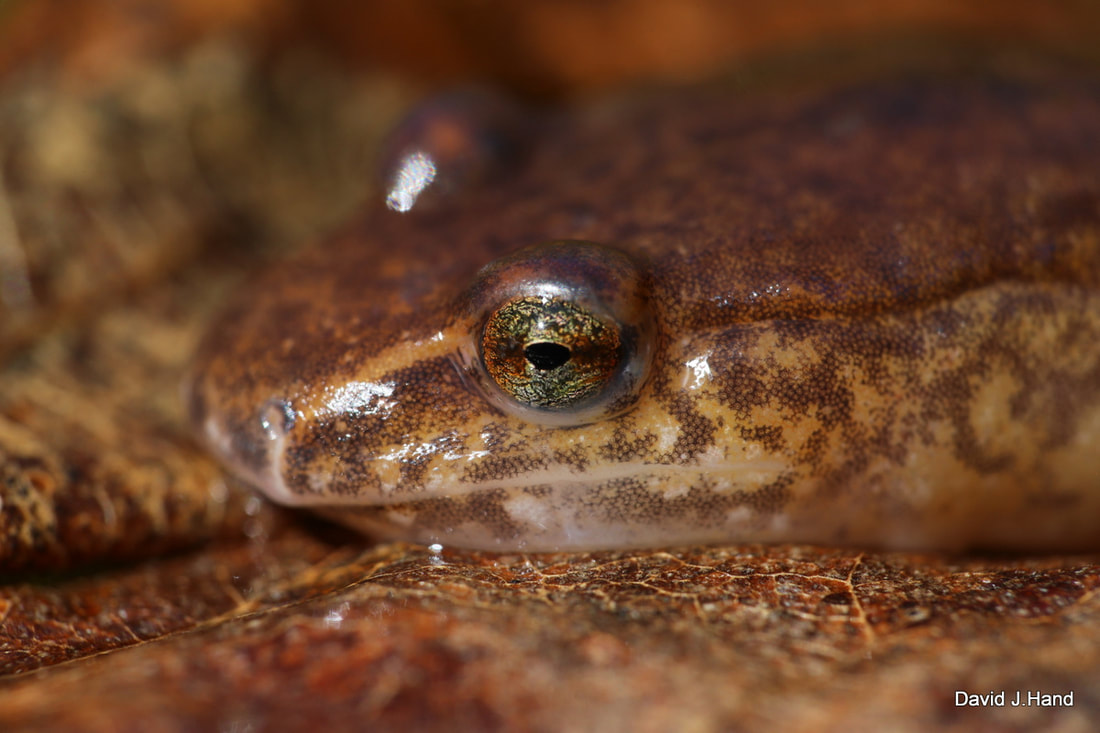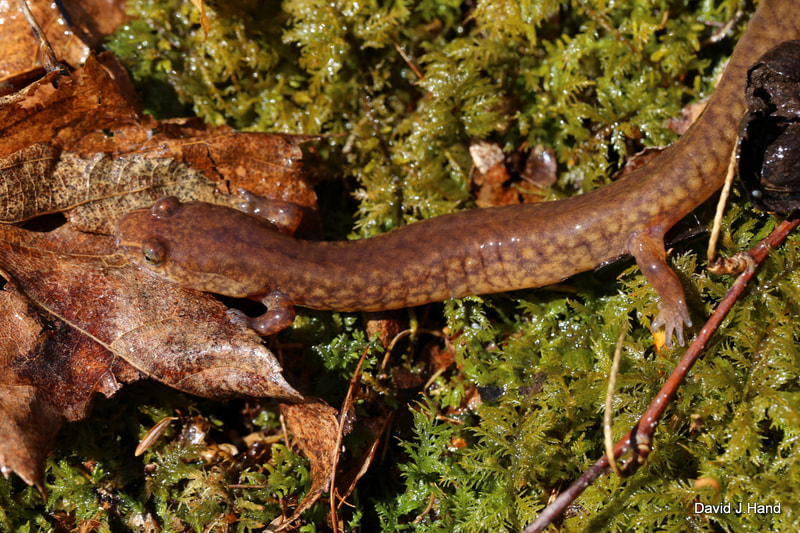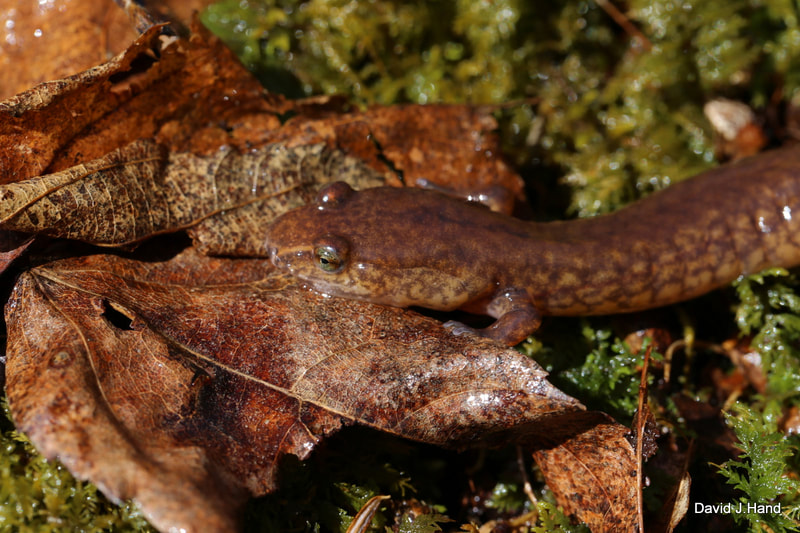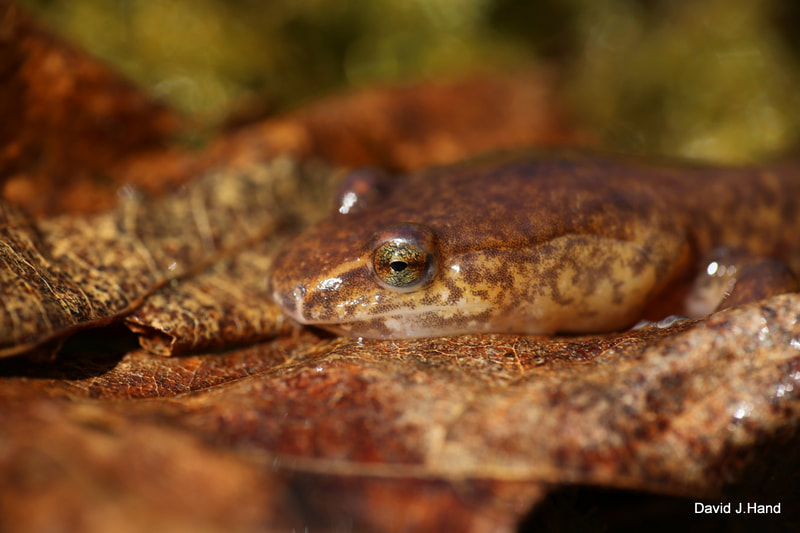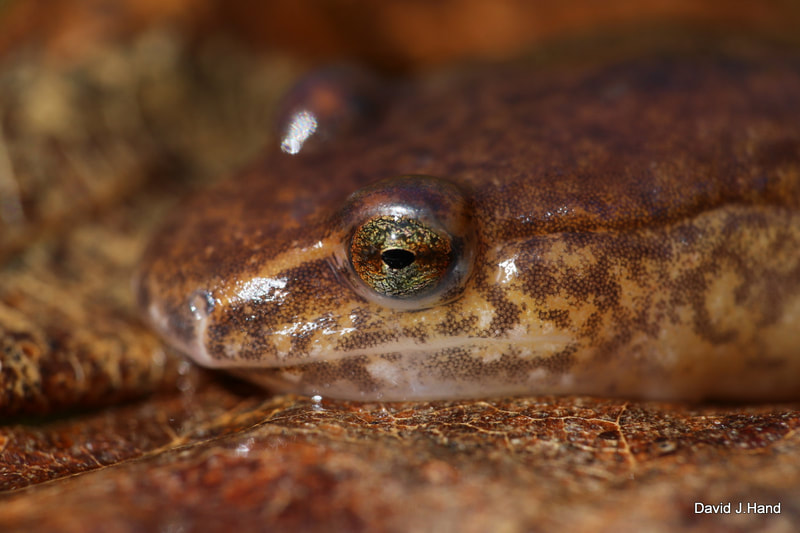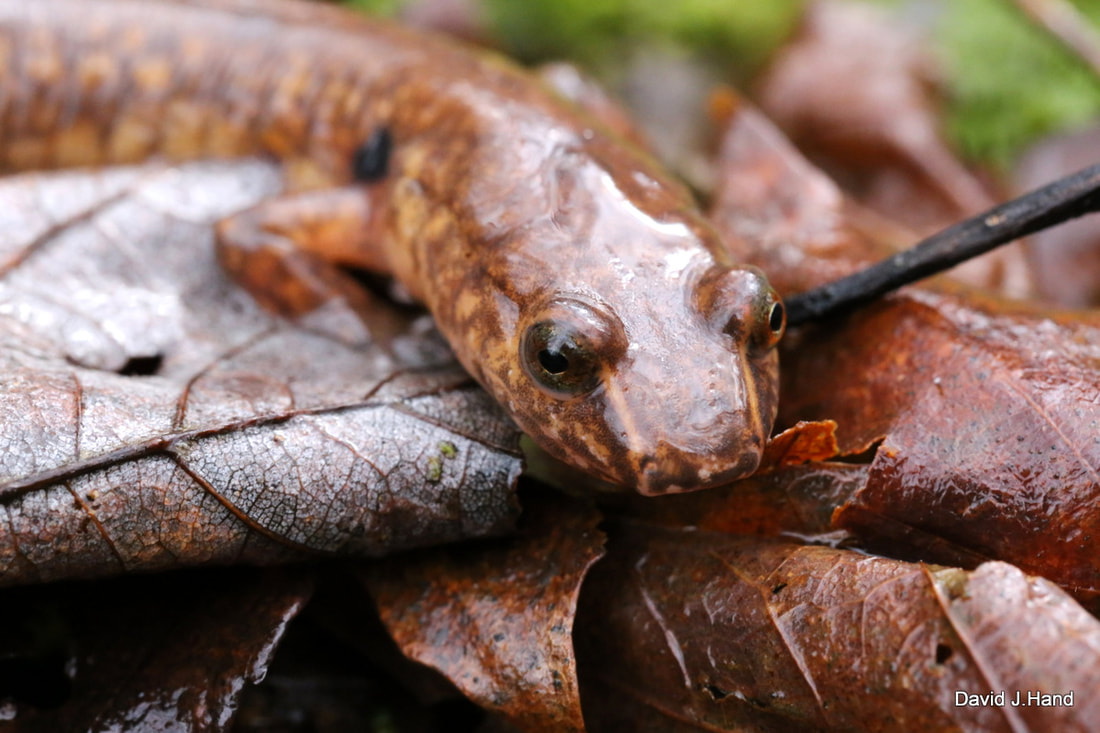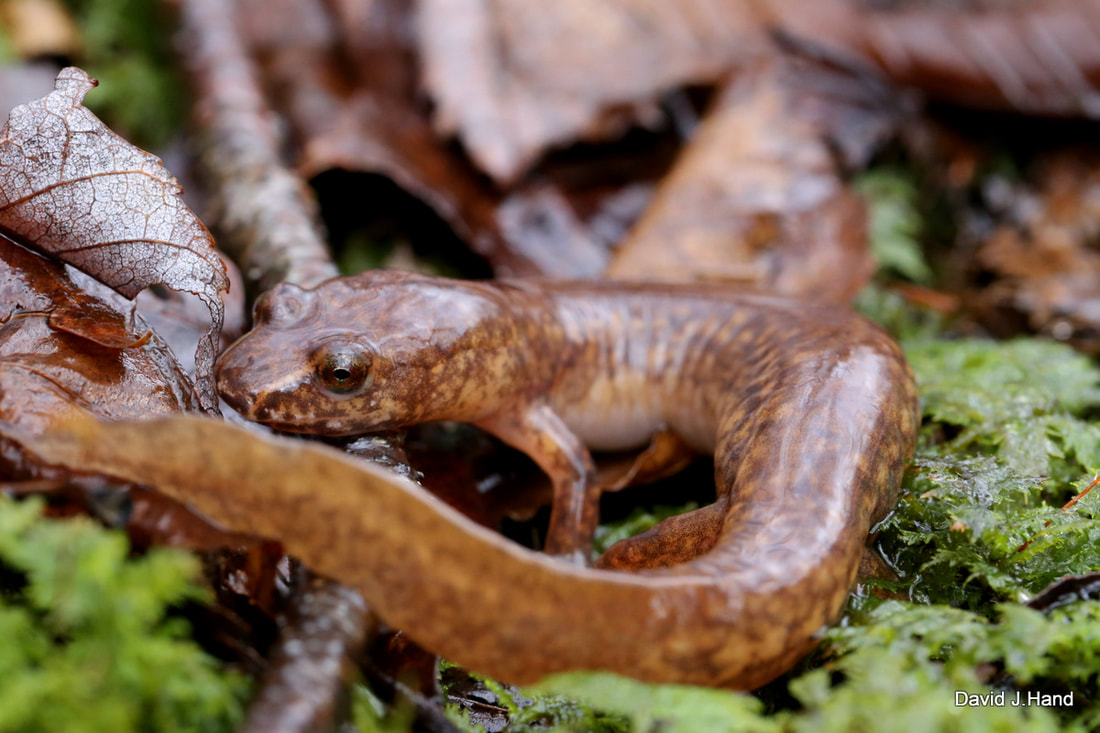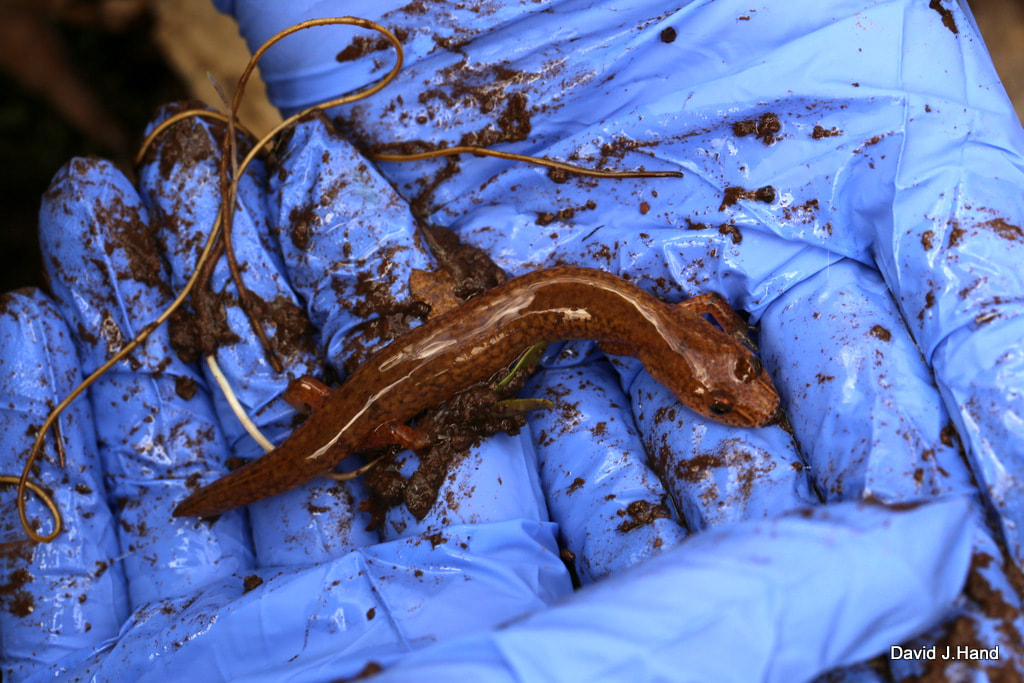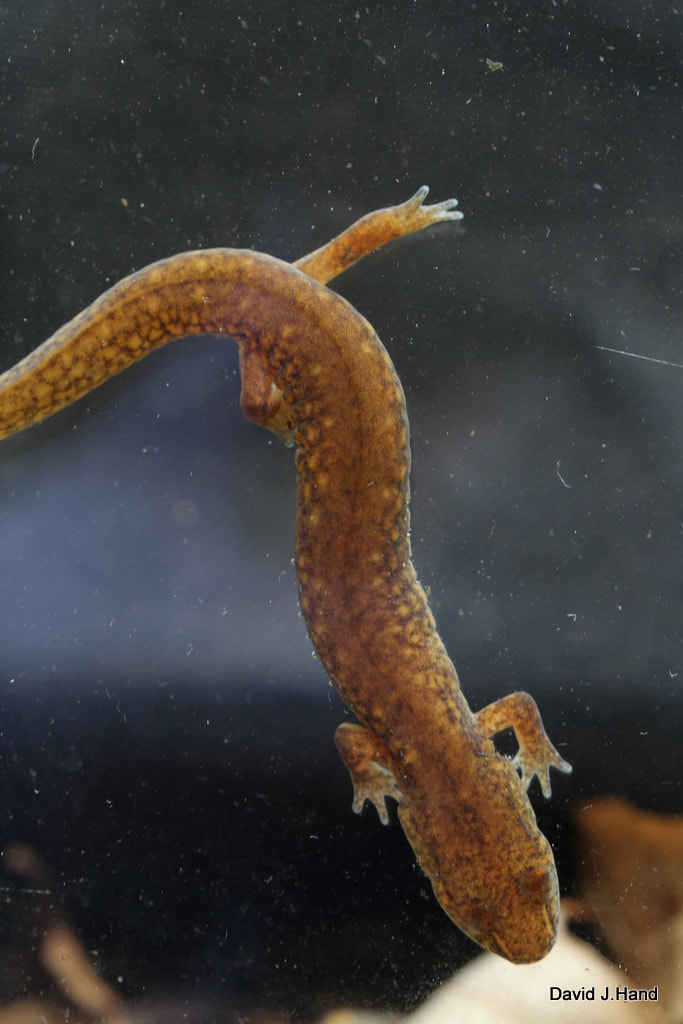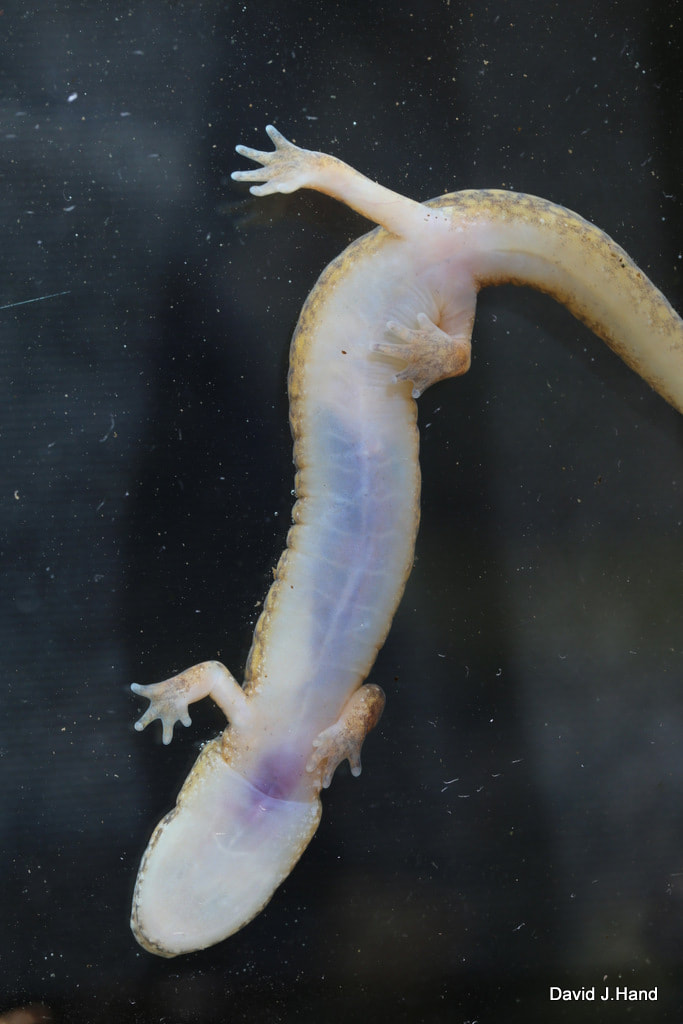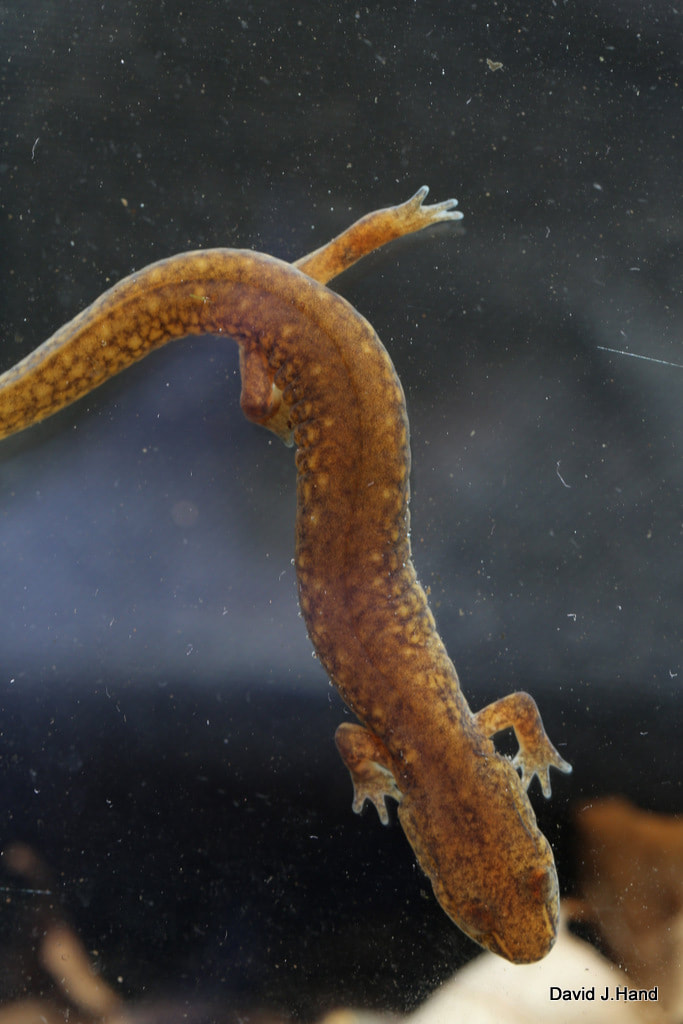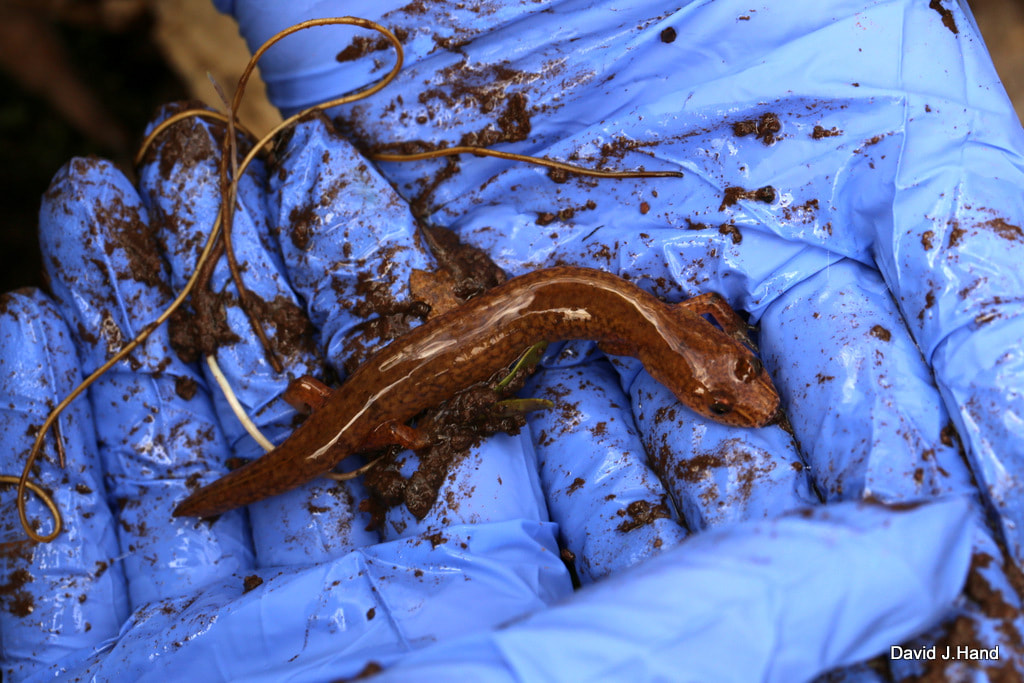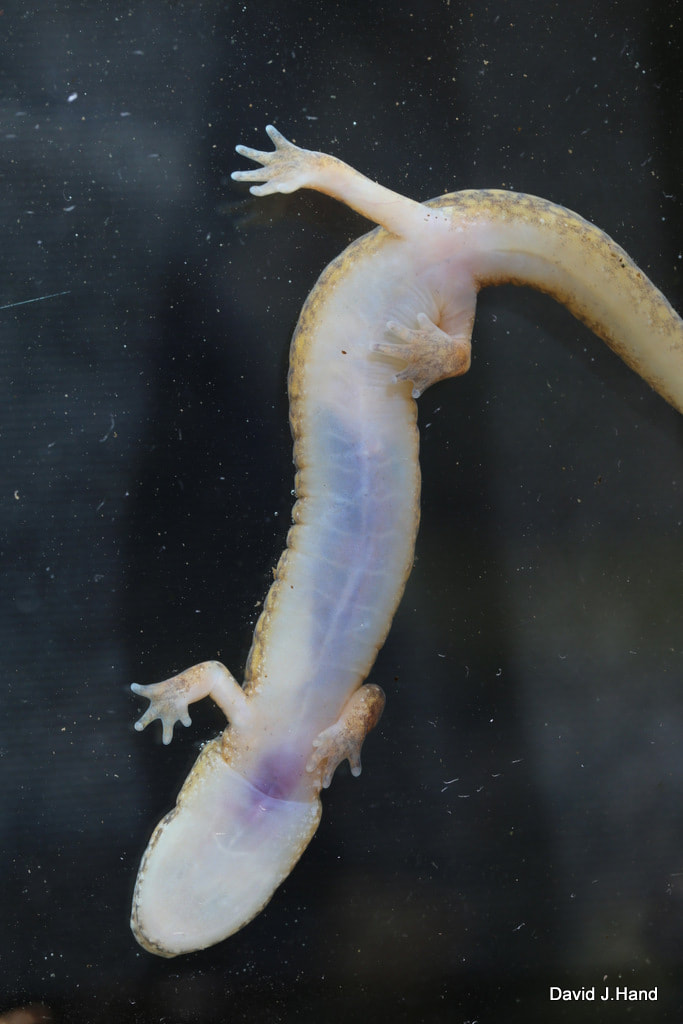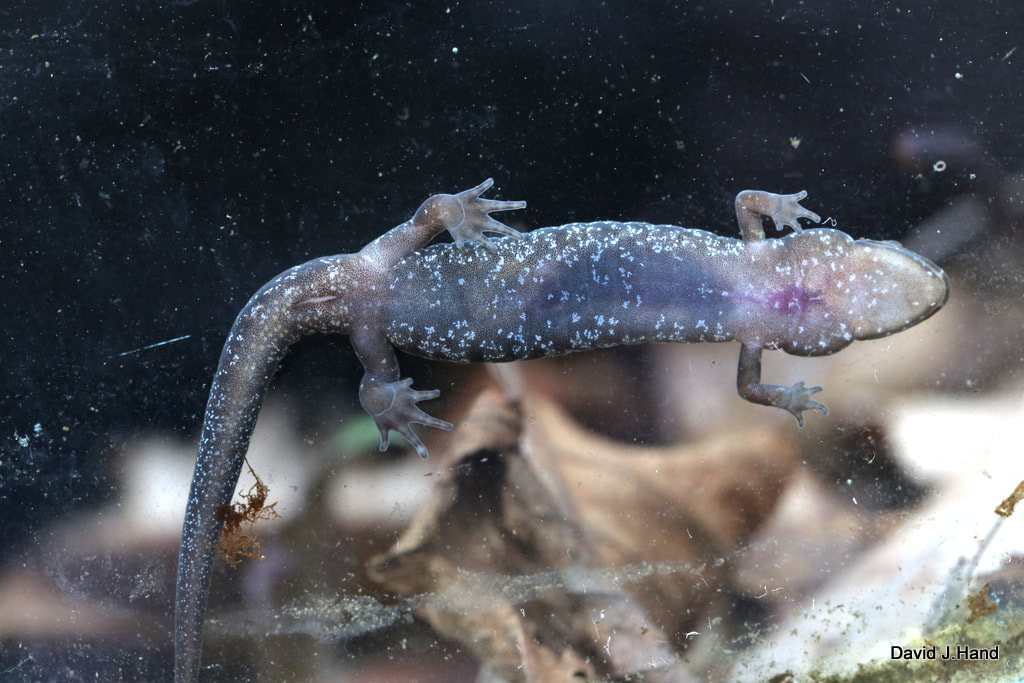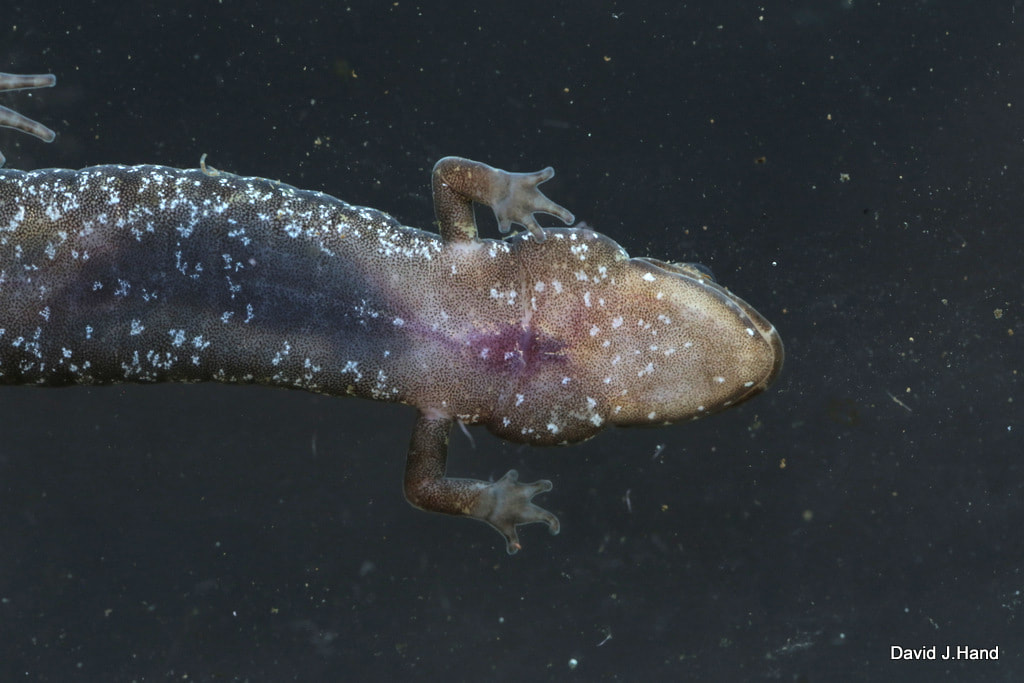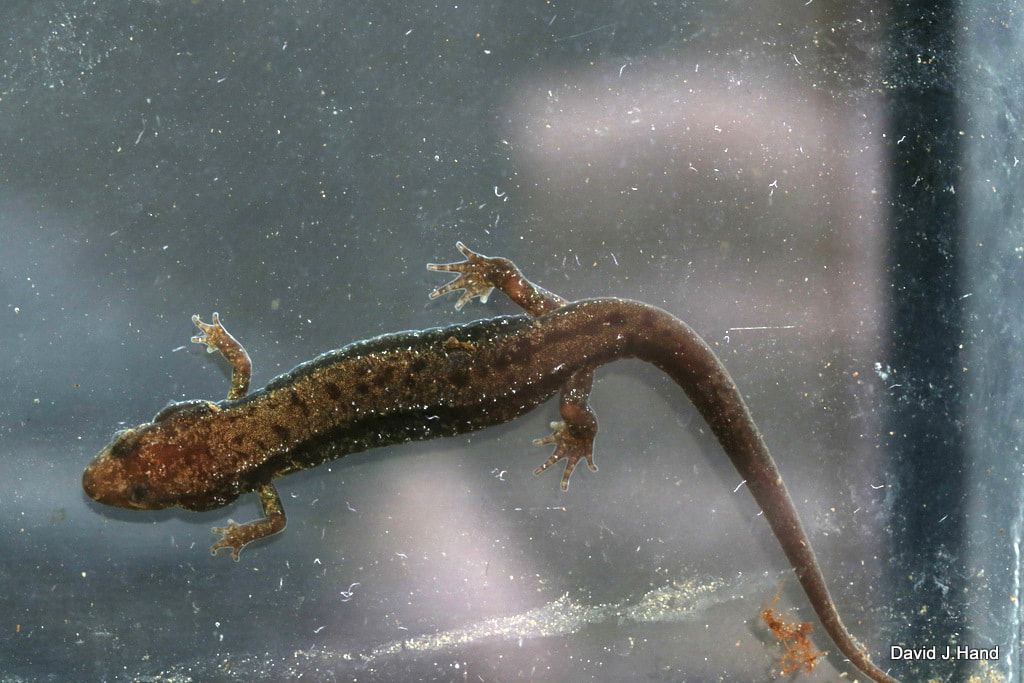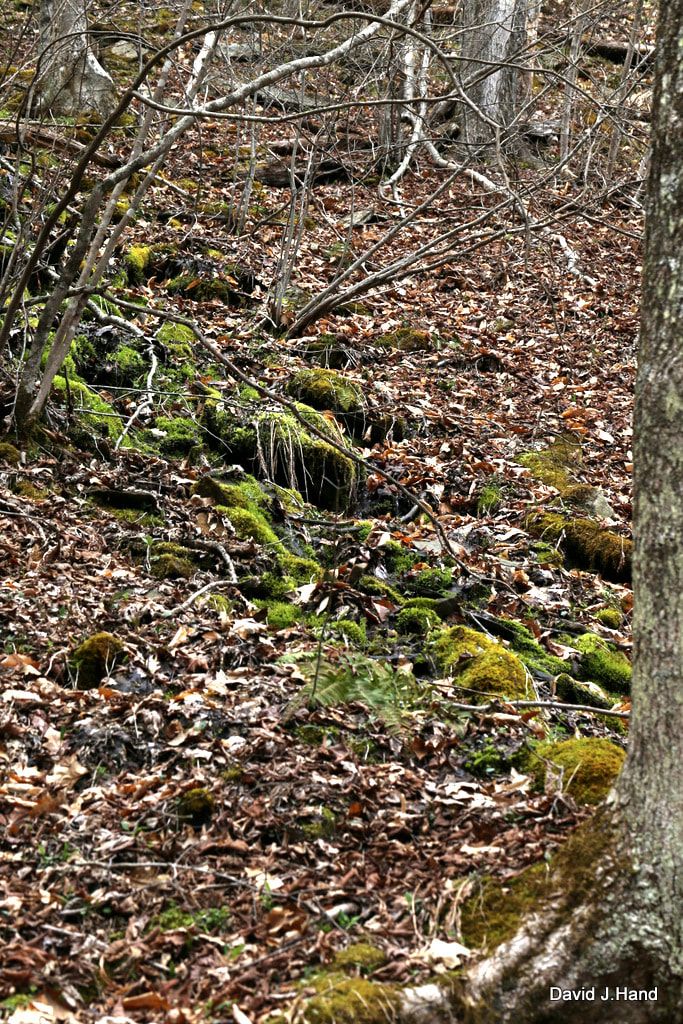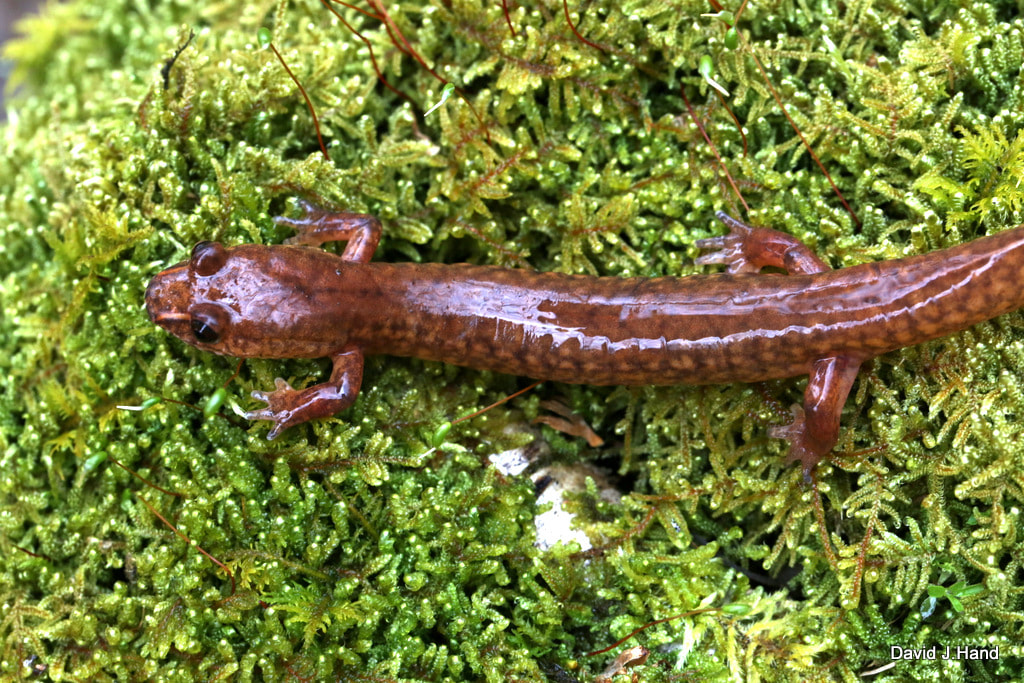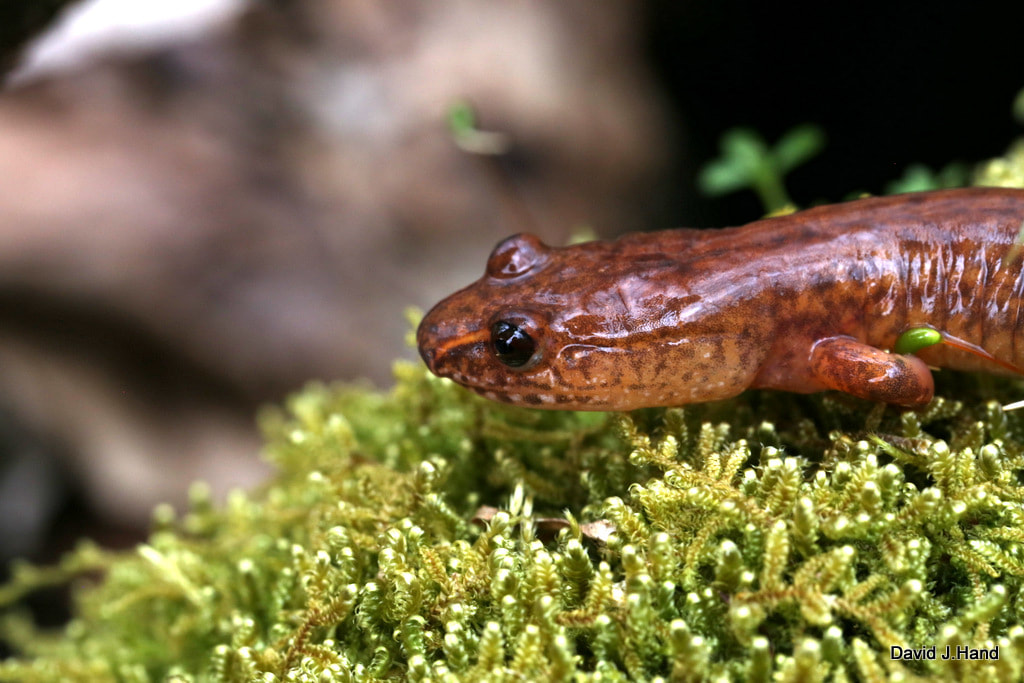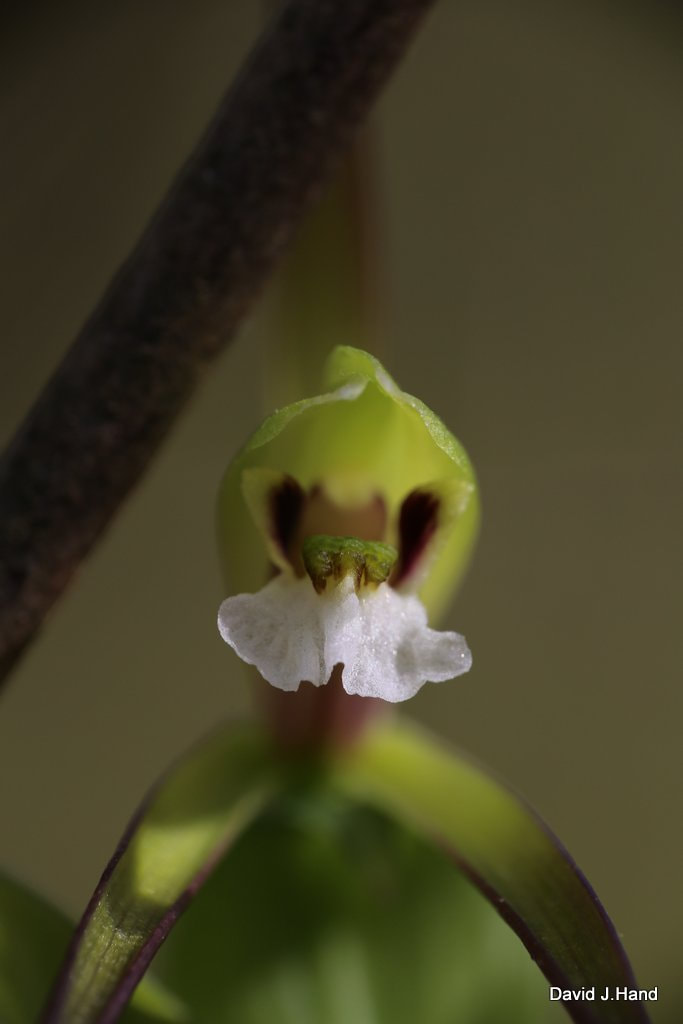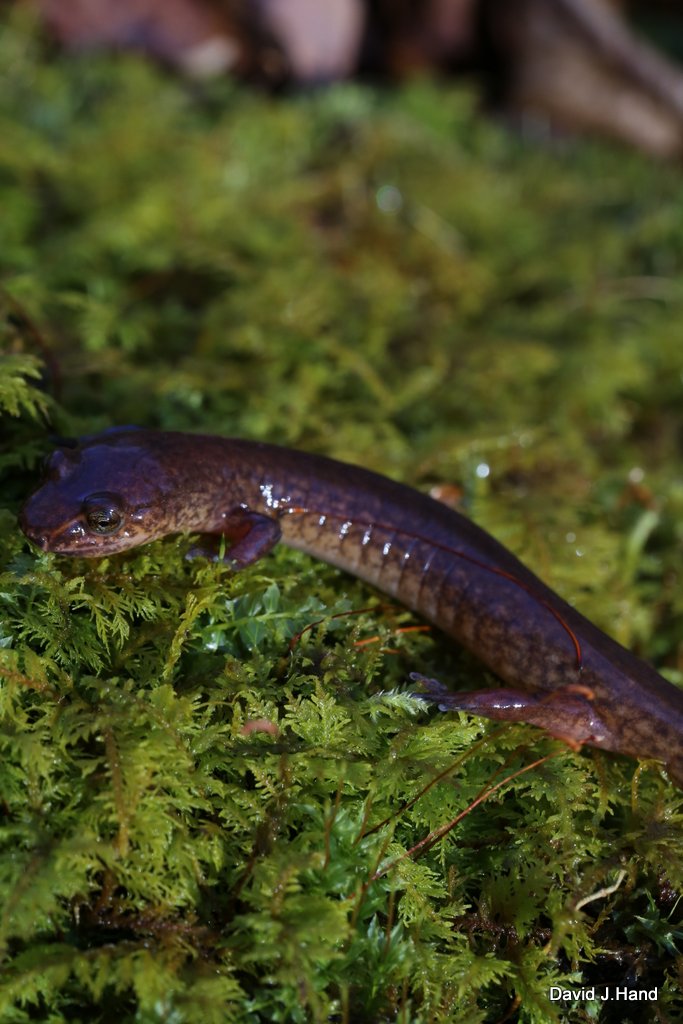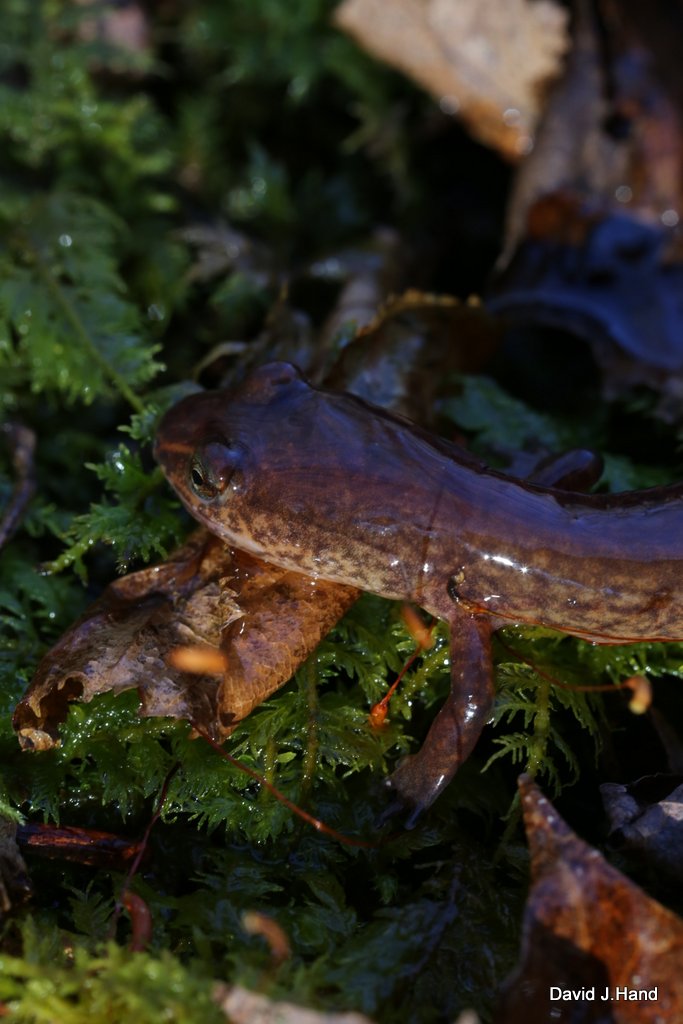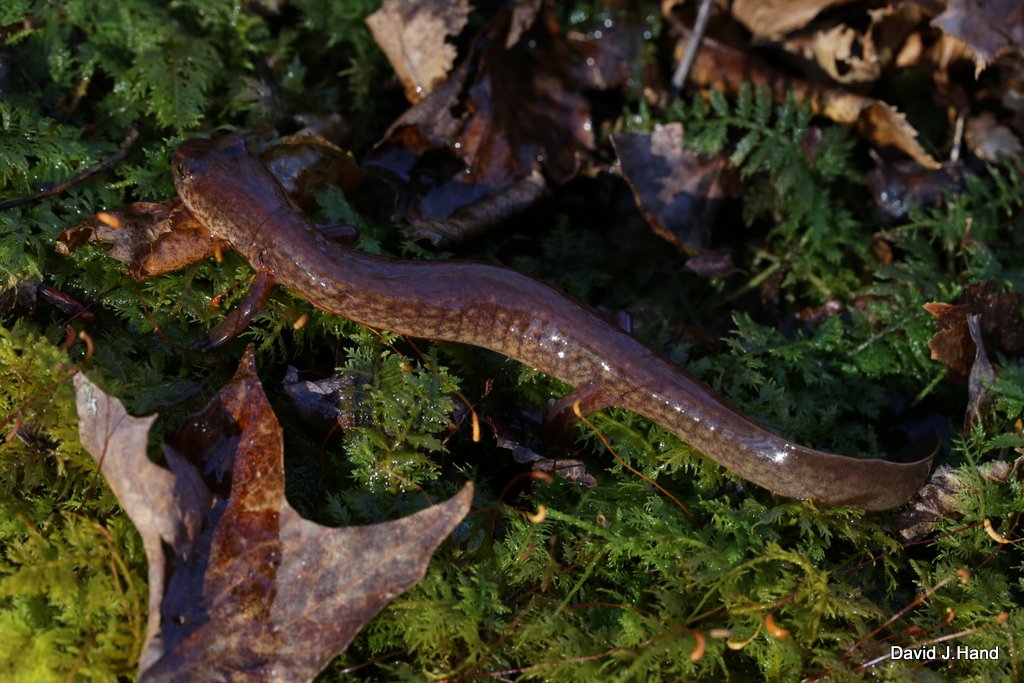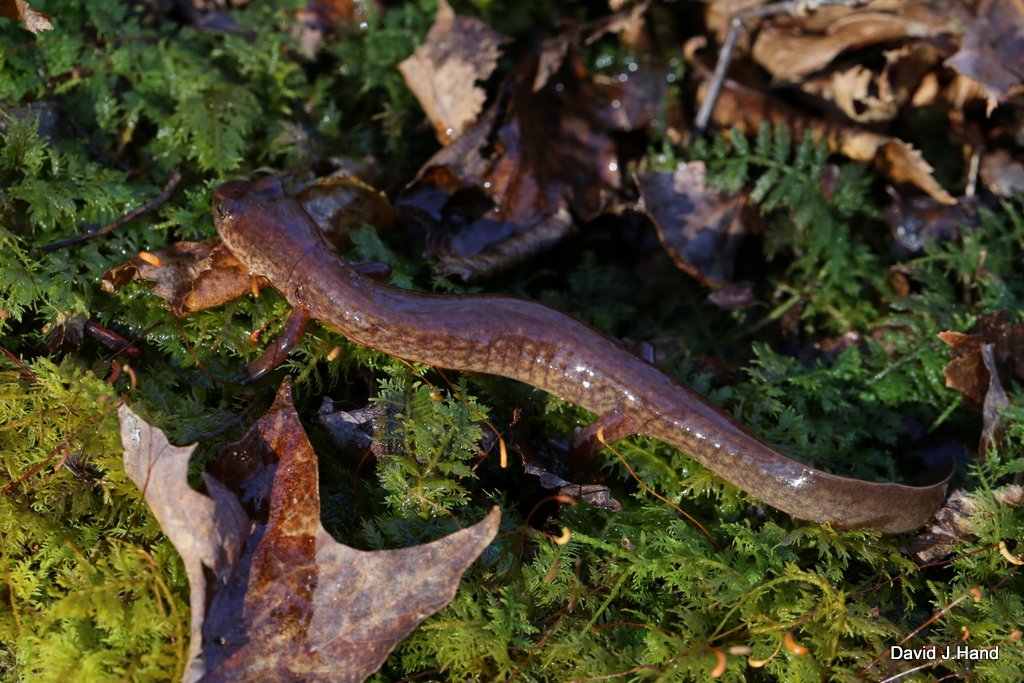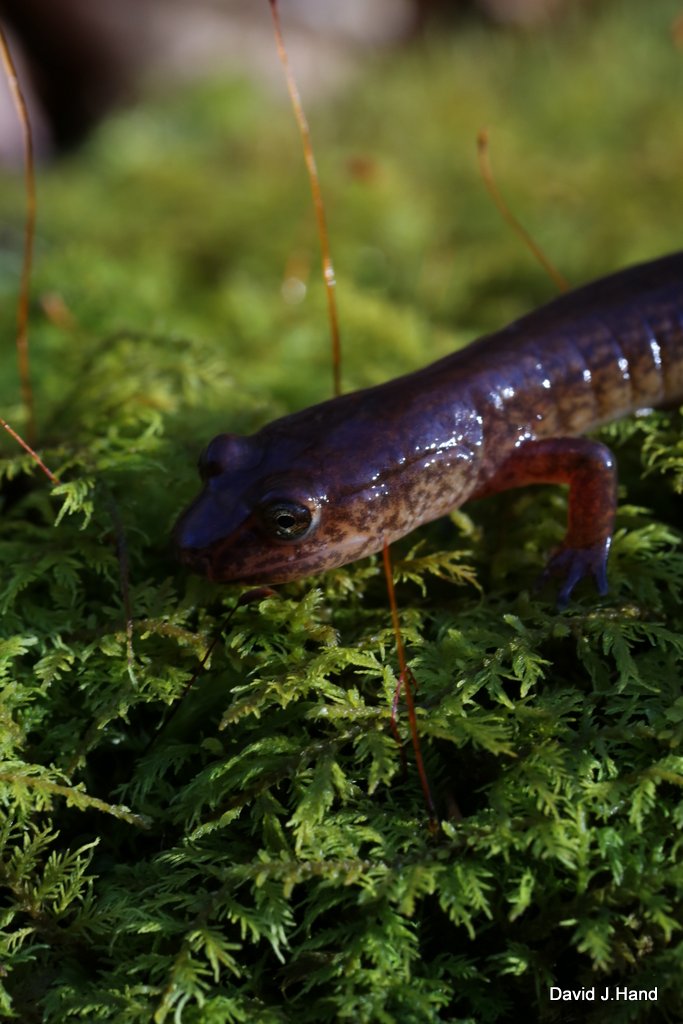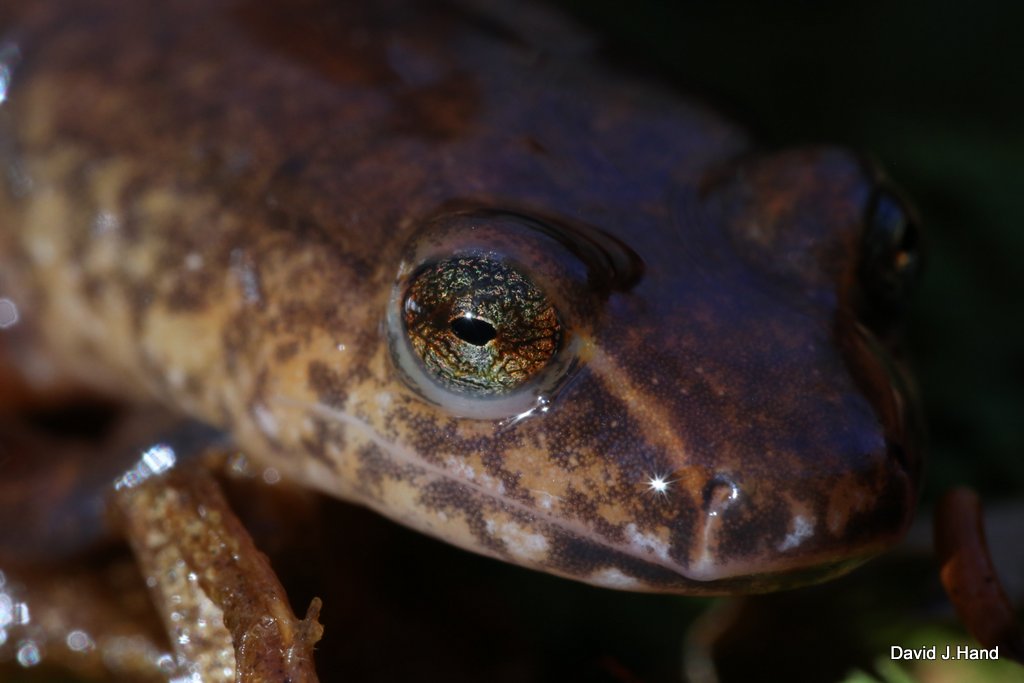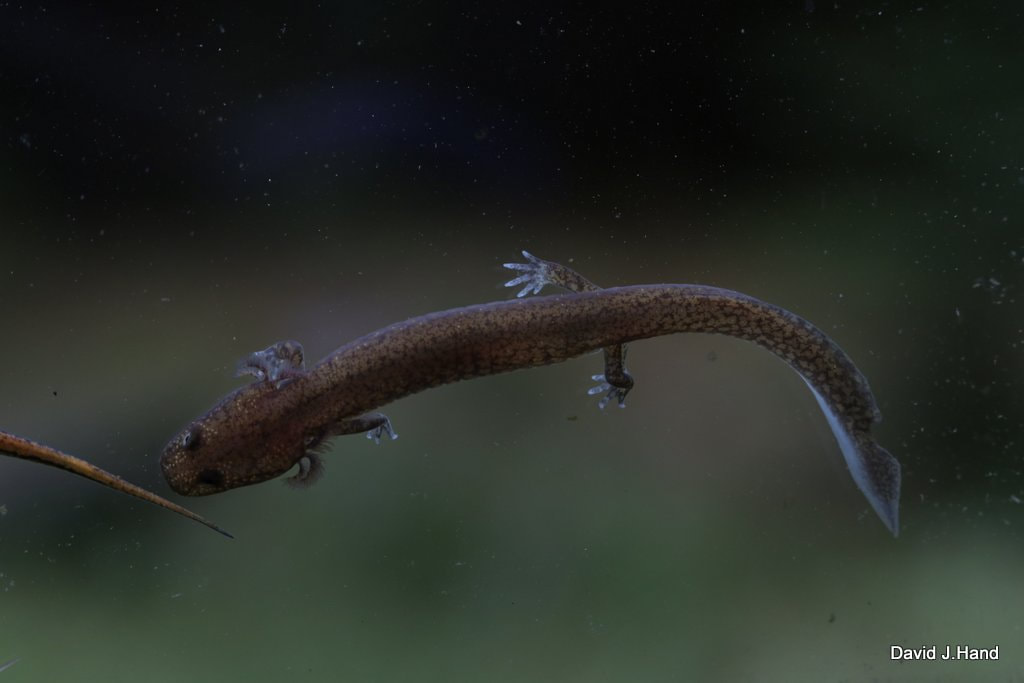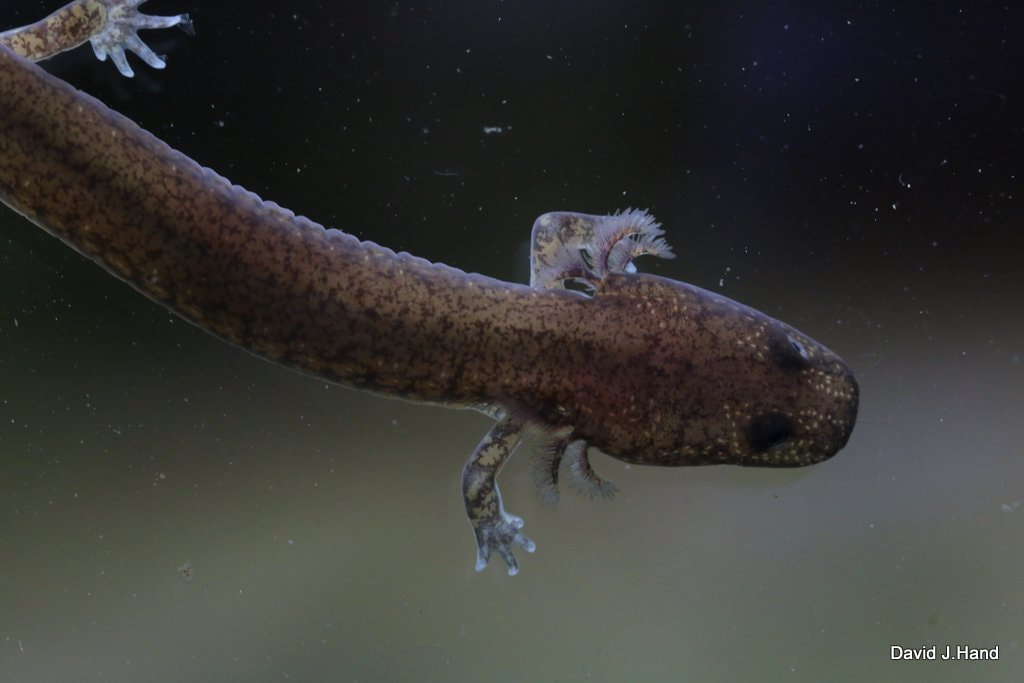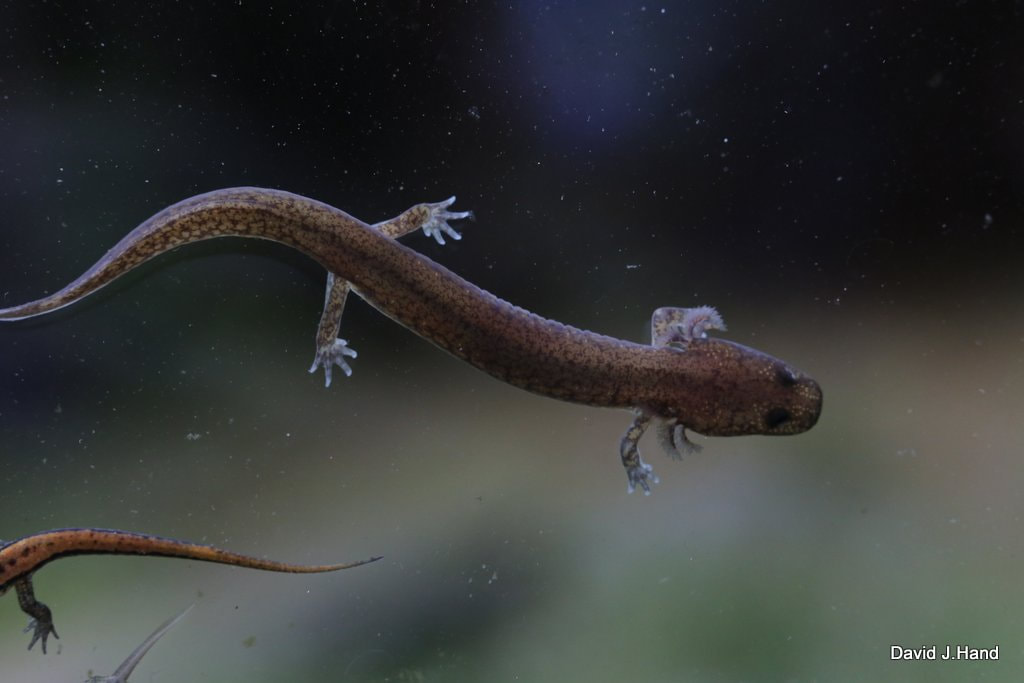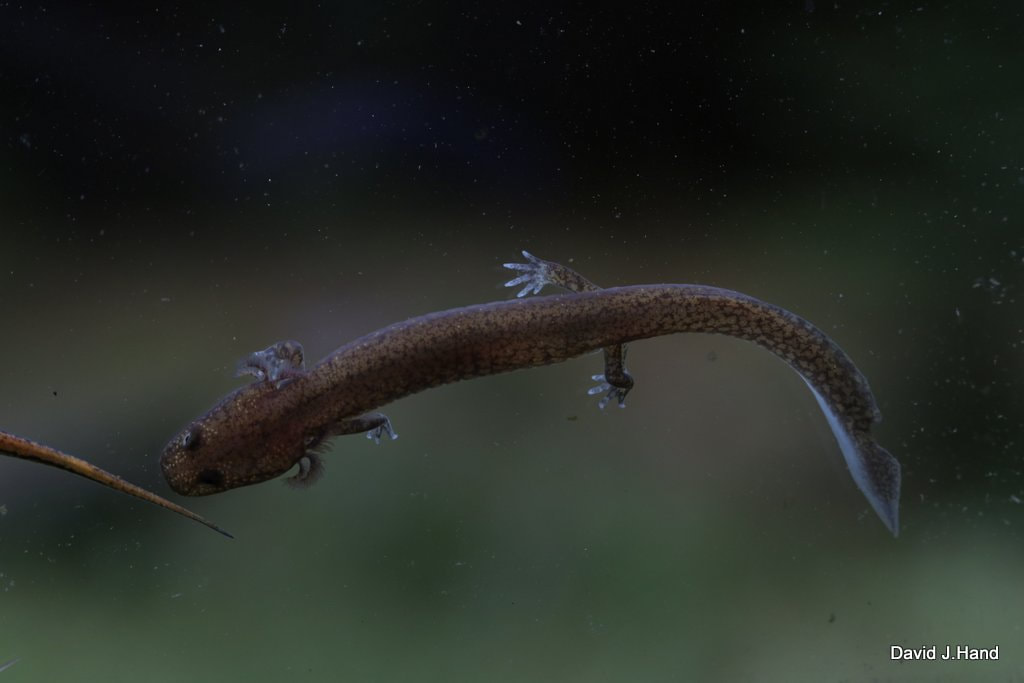Northern Spring Salamander [Gyrinophilus porphyriticus] 2
Please remember while out herping in Pennsylvania you need to have a current fishing license and please please remember to follow decontamination procedures as not to spread germs,diseases and unwanted fungus to these important areas!If you not willing do follow these procedures,you should not be out!I personally always wear protective gloves[Nitrile] ,even if I don't handle salamanders and I do try to never touch them.I also spray myself [boots,waders,gloves,net,photographic tank...] with a chlorhexidine solution.
[Chlorhexidine, is a disinfectant and antiseptic that is used for skin disinfection]
[Chlorhexidine, is a disinfectant and antiseptic that is used for skin disinfection]
Northern Spring Salamander [Grinophilus porphyriticus]. Tioga County, Pa. 3-16-24
Northeren Spring Salamander [Grinophilus porphyriticus]. Tioga County, Pa. 3-16-24
Northern Spring Salamander [Gyrinophilus porphyriticus]. Tioga County, Pa. 12-7-23.
This is a picture of the large spherical corneas of a Norther Spring Salamander [Gyrinophilus porphyriticus], something that I have never captured before and knew nothing about. “The cornea is the outermost layer of a salamander’s eye and is composed of transparent tissue. Its primary purpose is to provide protection from physical damage and to focus light entering the eye. It also serves as an important part of the eye’s refraction system by helping to bend light so that it can be focused on the retina ”[from Pets from Afar]. This is why the corneas of aquatic salamanders, like the Spring Salamander, are spherical compared to terrestrial salamanders which are flat. It is because in water, there is no refraction of light at the cornea surface and focusing of an image onto the retina is achieved by the cornea” [from Springer]. Salamander eyes are fascinating. They have a thin membrane that can be pulled up or down to regulate the amount of light on the lens [cornea]. They also have round pupils and can detect movement and color. And they are also able to focus on objects close by or far away. Next time you see a salamander let’s all try and appreciate the truly amazing creature that is before us and the eons of time that it must of taken to prefect this wonderful tiny, but complex, creature we see today. Tioga County, Pa. 12-7-23.
Northern Spring Salamander [Gyrinophilus porphyriticus] [top] with Allegeny Mountain Dusky Salamanders [Desmognathus ochrophaeus] [bottom two]. Tioga County, Pa. 12-7-23.
Northern Spring Salamander [Gyrinophilus porphyriticus] in the snow. Tioga County, Pa. 12-7-23. The last picture in the series is shown with Allegeny Mountain Dusky Salamanders [Desmognathus ochrophaeus]
Northern Spring Salamander [Gyrinophilus porphyriticus] in the snow. Tioga County, Pa. 12-7-23
The hind foot of a Northern Spring Salamander [Gyrinophilus porphriticus] Notice the extra digit. Tioga County, Pa. 12-7-23
One of my favorite salamander places. Tioga County, Pa. 12-7-23. These springs and seeps do not freeze as the hold a constant temperature. They are a special habitat for many salamanders and other creatures who depened on these wet areas, and I am always disinfected and wear nitrile gloves exploring these special places. Northern Spring, Allegheny Mountain Dusky, Northern Two line salamanders and their larvae, and a whole host of others creatures call these places home. lets protect these fragile areas!
Northern Spring Salamander [Gyrinophilus porphyriticus]. Perry County, Pa. 10-21-23
Northern Spring Salamander [Gyrinophilus porphyriticus]. Perry County, Pa. 10-21-23
Northern Spring Salamander [Gyrinophilus porphyriticus]. Perry County, Pa. 10-21-23
From top Northern Dusky Salamander [Desmognathus fuscus], Northern Two Lined Salamander [Eurysea bislineata], Northern Spring Salamander [Gyrinophilus porphyriticus]. Perry County, Pa. 10-21-23
From top Northern Dusky Salamander [Desmognathus fuscus], Northern Two Lined Salamander [Eurysea bislineata], Northern Spring Salamander [Gyrinophilus porphyriticus]. Perry County, Pa. 10-21-23
From top Northern Dusky Salamander [Desmognathus fuscus], Northern Two Lined Salamander [Eurysea bislineata], Northern Spring Salamander [Gyrinophilus porphyriticus]. Perry County, Pa. 10-21-23
Larva of a Northern Spring Salamander [Gyrinophilus porphyritcus] , found in springs and seeps . It can take up to five years for the larvae to become an adult Northern Spring Salamander. North Central, Pa. 4-3-23. Notice the large heart pumping blood, and the transparent stomach, looks like this larva has been really well!
Northern Spring Salamander [Gyrinophilus porphyritcus]. Tioga County, Pa. 4-3-23
Northern Spring Salamander [Gyrinophilus porphyritcus]. Tioga County, Pa. 4-3-23
Northern Spring Salamander [Gyrinophilus porphyritcus]. Tioga County, Pa. 4-3-23
Northern Spring Salamander [Gyrinophilus porphyriticus]. Tioga County, Pa. 12-8-22
A beautiful December Northern Spring Salamander [Gyrinophilus porphyriticus]. Tioga County, Pa. 12-8-22
More good salamander habitat from Tioga County, Pa. 12-8-22. It is interesting the way the rocks have tumbled into the waterfall like little steps, areas like these are in state of constant change, and it would not surprise me if these rocks are already in a different position from last week! It is fascinating for me to think of salamanders like the Allegheny Mountain Dusky [Desmogathus ochrophaeus] or Northern Spring [Gyrinophilus porphyriticus] living out there entire lives in tiny rivulets of water just like these. Both of these salamanders can take up to 5 years to complete metamorphosis to adulthood, and as larvae they are favorite food for adult salamanders. When Northern Spring salamanders reach adulthood they can be 9 inches in length and will prey on adult Allegheny Mountain Dusky, which are a fairly large themselves. They can also be long lived, up to 20 years or more. In a long hot dry summer, I think of these places, which you can find in some instances way up on the sides of steep mountains, being almost devoid on moisture. But if you look close under the damp rocks in these places on a hot August day, there they will be living out their lives just like they have done for 10's of thousands of years, amazing!
Wonderful spring habitat for Northern Spring and Allegheny Mountain Dusky salamanders. Tioga County, Pa. 12-8-22. Turn up the sound!
Northern Spring Salamander in the process of regenerating its tail, after some unknown injury or encounter with a predator. [Gyrinophilus porphyriticus]. North Central, Pa. 4-24-22
Northern Spring Salamander [Gyrinophicus porphyriticus]. North Central, Pa. 4-24-22
I have always wanted to explore this very steep remote hollow in North Central, Pa. 4-24-22. With a friends help my dream came true, we found many salamanders living in this remote area. Red Backed, Northern Spring and Allegheny Mountain Dusky, Northern Two lined. And this giant of a female Allegheny Mountain Dusky [Desmognathus ochrophaeus] was found in one of many springs that entered the hollow from the steep mountain terrain. At times we crawled and clung to the sides to get around waterfalls that were impassable as we looked almost straight down into the gorge below [I told myself whatever you do, do not look down!]. My friend carried my cumbersome photographic tank as at times he gave his hand to pull and push me along. We did not complete the exploration to the source, but there are others days for that. It was very exciting to be in this wild place I had only dreamed of, never knowing what might be found next. And to think of creatures like this ancient Allegheny Mountain Dusky living out there lives in such a remote places, with all the hazards they must face from predators and finding prey themselves to environmental issues and weather. In the heat of a long hot summer I am sure this spring where this salamander was found runs completely dry, but they find a way to survive. These thoughts run through my mind and makes me in awe of creatures and areas like this. Life playing out in some unseen remote area, ravine and hollow, in places we never see or think about. The life and the struggles that happen in areas just like this have been playing out for 10's of thousands of years, and that makes me feel very humble. We will be back someday for sure. And who knows what else might be waiting to be discovered. Thank you to my friend Greg for all your help and patience and making this man's dream come true, without you this trip could've never happened.
Northern Spring Salamander [Gyrinophilus porphyriticus]. North Central, Pa. 4-24-22
Perfect Spring Salamander habitat [Gyrinophilus porphyriticus] and Northern and Allegheny Dusky Salamander [ Degmognathus fuscus & ochrophaeus] and their complex. A spring on the side of a mountain in Tioga County, Pa.-Turn up the sound!
Northern Spring Salamander [Gyrinophilus porphyriticus].Tioga County,Pa.12-11-20
A beautiful Northern Spring Salamander on a cold 30 degree day in Tioga County,Pa.12-11-20 [Gyrinophilus porphyriticus]
Northern Spring Salamander larva [Gyrinophilus porphyriticus].Tioga County,Pa.9-16-20.Spring Salamander larvae can take up to five years to reach adulthood.
Northern Spring Salamander larva [Gyrinophilus porphyriticus].Tioga County,Pa.9-16-20.Spring Salamander larvae can take up to five years to reach adulthood.Notice the recent bite mark on its tail,from an unknown predator,most likely another larvae.
